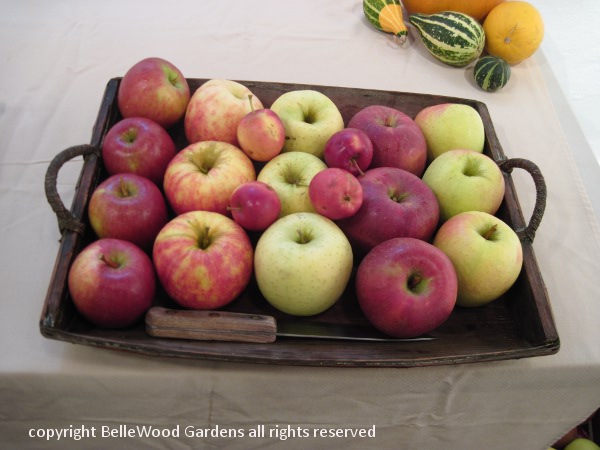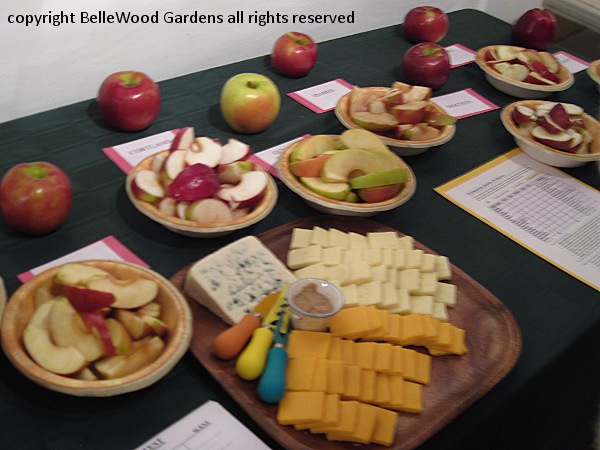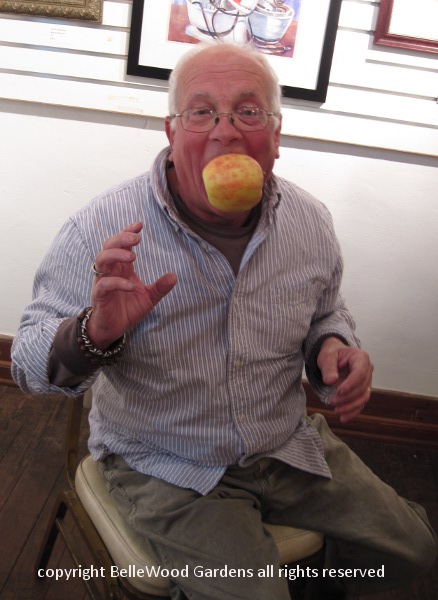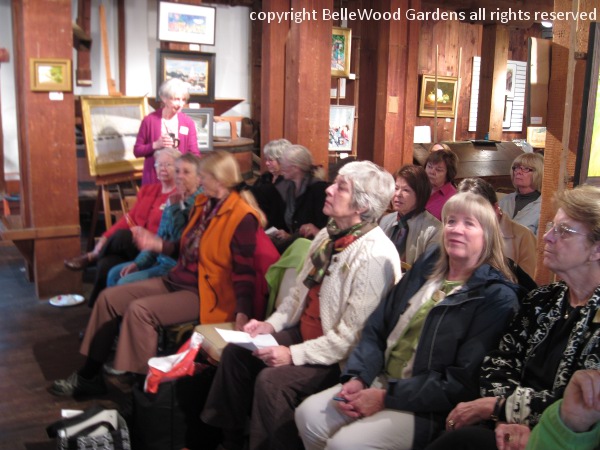
.
If you have any comments, observations, or questions about what you read here, remember you can always Contact Me
All content included on this site such as text, graphics and images is protected by U.S and international copyright law.
The compilation of all content on this site is the exclusive property of the site copyright holder.
In his charming book, The Fruits and Fruit-Trees of America; or, The Culture, Propagation, and Management, in the Garden and Orchard, of Fruit-Trees Generally; with Descriptions of All the Finest Varieties of Fruit, Native and Foreign, Cultivated in This Country published in 1890 by John Wiley and Sons, 53 East Tenth Street, Second door west of Broadway [in New York City], concerning the apple the author, A.J. Downing, writes, "No fruit is more universally liked or generally used than the apple. It is exceedingly wholesome, and, medicinally, is considered cooling and laxative, and useful in all inflammatory diseases. The finest sorts are much esteemed for the dessert, and the little care required in its culture renders it the most abundant of all fruits in temperate climates. As the earliest sorts ripen about the last of June, and the latest can be preserved until that season, it may be considered as a fruit in perfection the whole year. Besides its merits for the dessert, the value of the apple is still greater for the kitchen; and in sauces, pies, tarts, preserves, and jellies, and roasted and boiled, this fruit is the constant and invaluable resource of the kitchen." He then continues for an additional 371 pages of descriptions and discussion of apple and crab apple varieties, and yet more in the second appendix.
What we find available today is nothing like this diversity, which admittedly would not all have been available back then. Today it is Granny Smith, Red and Golden Delicious, Macoun, Jonagold, Empire, Honeycrisp, Pink Lady, and other new cultivars introduced more recently than 125 years ago. Winesap, praised by A.J. Downing back thenis still available today. The only other one you might be able to find is Northern Spy, another lovely apple.
Apples and cider welcome in the autumn season. And so the October meeting of the Tohickon Garden Club is a celebration of apples, an Apple Fest.

How does one celebrate apples? Let me count the ways. The morning's refreshments were made with apples. There were apples for tasting, labeled as to variety, cut up for sampling, and a comments sheet where members could rate the apples for flavor, crispness, and so on..

And we had a marvelous presentation by Geoff Holvey Slifer on new practices in apple production, new rootstocks, varieties and pruning. Geoff works at Snyder Farm, Pittstown, and specializes in apple production and grape growing, and contributes to other research projects on the farm.

Geoff is an amusing speaker, with a veritable fountain of facts and figures, historical and contemporary, a plethora of details and never a dull moment. Apples originated in Kazakstan and became so popular that people have disseminated them far and wide. The Chinese were grafting apples 4,000 years ago. In the early 1800s John Chapman, aka Johnny Appleseed, grafted apples but mostly raised them from seed. Folks called his apples "spitters' because they were so sour and bitter. Washington State has the best climate for raising organic apples. Here in New Jersey there are problems ranging from insect pests such as stink bugs , apple maggots, plum curculio, and scale to leaf diseases such as cedar apple rust and fire blight. In the "old days" apple orchards would be planted with 24 to 27 trees per acre. Use of semi-dwarfing rootstocks upped the density to 400 trees per acre. With dwarfing rootstock the density can be increased to 1,000 trees per acre and in Europe modern orchards are planted with a whopping 2,000 trees per acre. They're planted just a meter apart and grow on a trellis, which allows more sun to reach the branches for better fruiting. The goal is to produce fruit, not wood, and the trees mature quite early. The first year any blossoms that appear are removed. A few are left and allowed to produce fruit the second year, and by the third year the trees are in production. China has more apple production than the rest of the world. However they do not currently have the sophistication to export apples, so instead sell apple juice concentrate. In contrast, some of the apples grown in Japan are the world's most carefully produced, exquisite, and extremely expensive apples. Each apple is individually bagged while on the tree. The bags have a paper outer layer and a red plastic inner bag. When the apple is fully formed the paper layer is removed, allowing the apple to color up while still protected from insect pests or other mechanical damage. In 1998 the United States had a record year, producing 277 million bushels of apples.

We were all fascinated by what he had to tell us.
Back to Top
Back to October 2013